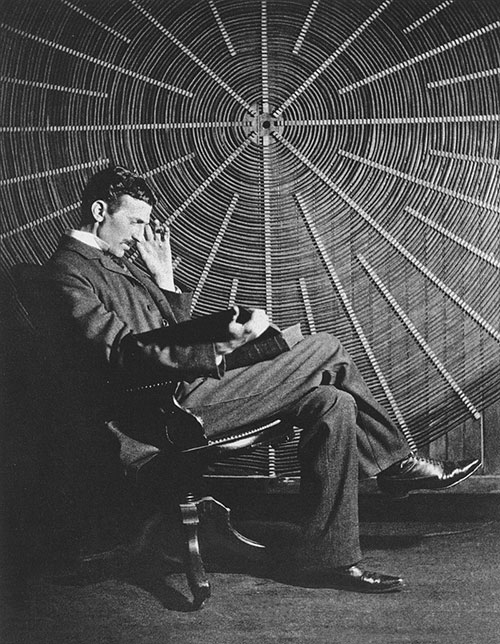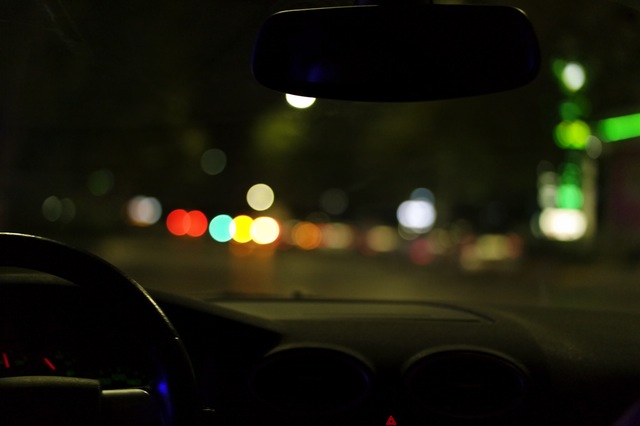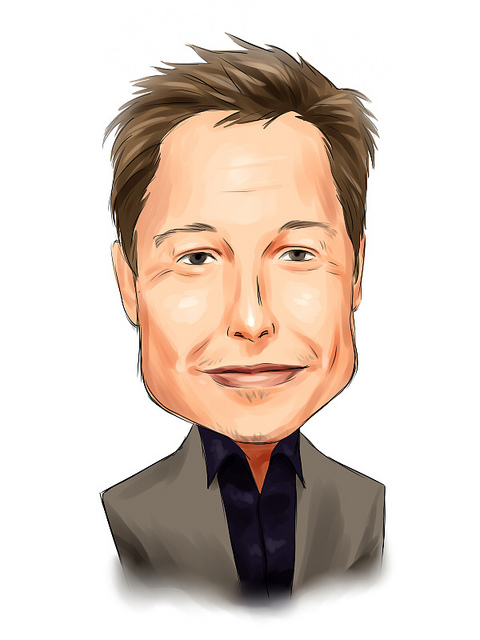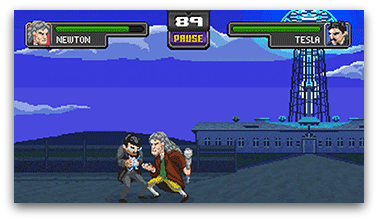By: Richard Gunderman, Indiana University
 Match the following figures – Albert Einstein, Thomas Edison, Guglielmo Marconi, Alfred Nobel and Nikola Tesla – with these biographical facts:
Match the following figures – Albert Einstein, Thomas Edison, Guglielmo Marconi, Alfred Nobel and Nikola Tesla – with these biographical facts:
1. Spoke eight languages
2. Produced the first motor that ran on AC current
3. Developed the underlying technology for wireless communication over long distances
4. Held approximately 300 patents
5. Claimed to have developed a “superweapon” that would end all war
The match for each, of course, is Tesla. Surprised? Most people have heard his name, but few know much about his place in modern science and technology.
The 75th anniversary of Tesla’s death on Jan. 7 provides a timely opportunity to review the life of a man who came from nowhere yet became world famous; claimed to be devoted solely to discovery but relished the role of a showman; attracted the attention of many women but never married; and generated ideas that transformed daily life and created multiple fortunes but died nearly penniless.


 One year ago Tesla Motors announced plans to build its
One year ago Tesla Motors announced plans to build its 


 A new web-based game,
A new web-based game, 